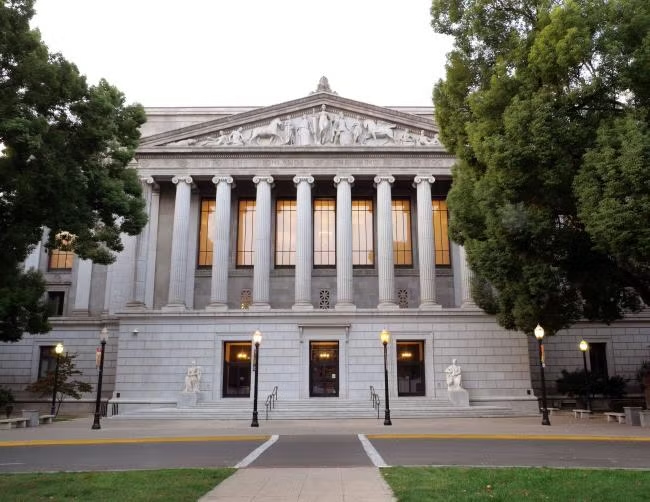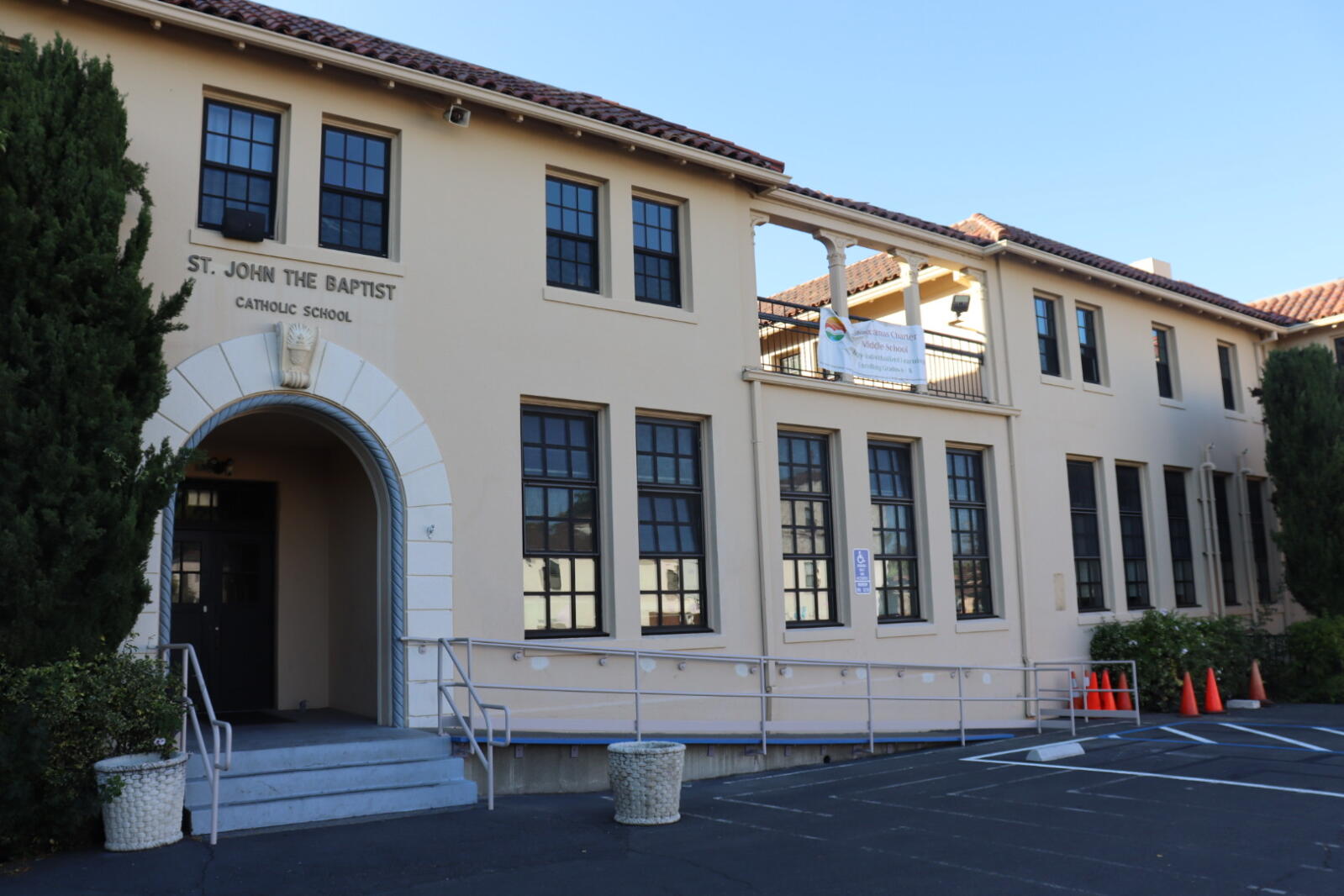As each election season approaches, districts and their staff are faced with a myriad of questions regarding campaign and election activity, such as:
- What information can a district provide to voters?
- Who can use district facilities and for what election or campaign activities?
- Can district staff be involved in ballot measure campaigns?
- Can they endorse candidates?
Below are a few of the basic rules districts need to remember, as well as, answers to some of the most frequently asked questions about measure and candidate campaign activity.
Basic Guidelines
Nothing prevents district officials and employees from being involved in the upcoming November elections as long as some basic rules are followed.
- District resources (anything a district owns or controls) may not be used to support or oppose a candidate or measure. This prohibition includes District email.
- District rules on facilities and communication channels must be followed. Districts may restrict all campaign activity from district facilities or communication channels; if a district allows campaign activity, it must provide equal access to all sides or candidates.
- Districts should review their policies and regulations on these topics as the election approaches. Further, to maintain consistency, we recommend that a district designates a single point of contact for all campaign activity and election-related issues.
Frequently Asked Questions
1. May a district urge voters to vote “yes” or “no” on a measure or advocate for election of a candidate?
No. Statutes and case law prohibit a public agency from using its funds, services, supplies, or equipment to urge the support or defeat of any ballot measure or candidate. However, a school board may take a position on a local or statewide measure via motion or resolution as long as the item states the board’s position without urging a “yes” or “no” vote. In addition, a district may spend funds and author ballot arguments in favor of its bond or parcel tax measure.
2. May a district provide information to the public about a measure?
Yes. But district resources may only be used to provide information to the public about a measure if the information provided constitutes a fair and impartial presentation of relevant facts to aid the electorate in reaching an informed judgment on the measure. For example, both positive and negative consequences of a measure should be included in a district’s informational materials.
3. May district officials or employees endorse candidates or ballot measures?
Yes. District officials or employees may endorse candidates or ballot measures. However, their name and title must only be used for identification purposes. The endorsement must not suggest that a district is endorsing any candidate or ballot measure.
4. May a district organize voter registration drives?
Yes. So long as there is no advocacy, voter registration drives by districts are allowed and even encouraged under the law. If a district undertakes these activities, it is very important that the focus be solely on voter registration and encouragement to vote. Districts must not offer any message, “spin,” flyer or other information expressly advocating a position or candidate as part of registration efforts.
5. May district facilities be used for campaign activity?
Yes, if allowed by a district. District facilities may, but are not required to, be made available for campaign activities; in fact, many districts prohibit any campaign activity in their facilities. Districts should consult their policies on this question. If a district makes its facilities available for this purpose to any side, the facilities must be made available to all sides. In all cases, district facilities should be made available to the public in accordance with the Civic Center Act (Ed. Code, § 38130 et seq.) and the District’s Civic Center Act policies. Remember, also, that while employees may campaign or seek contributions during non-work time, most board policies prohibit campaigning on district grounds during instructional time.
6. May a district use its distribution channels to disseminate campaign materials prepared by a campaign committee or other non-district organization?
No. A district may not use its resources to fund or disseminate campaign materials that are prepared by a campaign committee or other non-district organization, even if the organization itself may normally be a politically neutral one, such as a local Parent Teacher Organization (PTO). Note that even if materials appear to be “merely informational,” but are prepared by a partisan committee (such as a campaign committee), they will be considered partisan in nature.
7. May a district allow a union or other external organization to use the district’s internal distribution channels, such as employee mailboxes or bulletin boards, to distribute campaign materials?
Yes, but we advise against it. A district has discretion to open up its internal communication systems, including employee mailboxes, to organizations wishing to directly disseminate campaign-related information. Districts should consult their policies on this question. If a district’s policy does open its communication systems for campaign materials, it must open up the forum to all organizations. Because of unintended consequences that may flow from opening up the forum, we recommend against allowing organizations to use a district’s internal communication systems.
8. May a district allow a Parent Teacher Organization to distribute campaign materials at a back-to-school night?
Yes, but we advise against it. A district may allow outside groups to conduct campaign activity at its facilities (as long as no district resources are used), but if a district allowed a separate organization such as a PTO to hand out campaign materials, it would also have to allow equal access to any other political groups or candidates who requested access to oppose a measure or advance their candidacy. As with the use of internal distribution channels for campaign purposes we advise against allowing this type of activity to avoid unintended consequences.
9. May district employees campaign for or against a measure or candidate?
Yes, but only on their own time and without using district resources. The prohibition against use of district funds includes indirect uses of funds, such as use of an employee’s time to campaign. District employees may, however, engage in campaign activities when they are not on district working time, including before and after school, during lunch, and during break times, as well as on personal off duty time. Note, however, that even on off-duty time, district employees are prohibited from using “district resources” for campaign activities. As stated above, “district resources” include anything a district owns or controls – such as its phones (including district-issued cell phones), computer and email systems, fax machines, computers, vehicles, copy machines, even its pens and paper.
10. May a district prohibit teachers from wearing campaign buttons during classroom instruction? What about at a back-to-school night?
Yes to the first part of the question. A district has broad authority to refuse to sponsor speech which might reasonably be perceived to associate it with any position on political matters. When teachers are teaching students they are acting with the imprimatur of the district, thus a district can prohibit teachers from wearing political buttons during this time.
No to the second part of the question. When teachers are not instructing students, however, there is less of a risk that the button may be associated with the district which prevents a district from prohibiting the button at that time. A district therefore may not prohibit teachers from wearing buttons in any non-instructional settings including break rooms and back-to-school nights.
11. May a candidate use photos of facilities, personnel, or students?
Generally, no. Photos taken in district facilities may suggest a district endorses a candidate, which is prohibited by law, and for this reason they should not be used by campaigns. Campaigns may use photos of district employees taken on personal time and which do not include district facilities, nor suggest a district endorses a candidate. Photos of students may not be taken or used without parental permission and may be subject to protection under law.
A Take-Home Point: There are serious repercussions for violating laws pertaining to campaigning restrictions, but negative publicity may also arise when there is a perception that public funds have been misspent. If your district is unsure about the legality of a particular item or activity, please consult with legal counsel in advance.
If you have any questions regarding these guidelines and frequently asked questions, please contact a DWK attorney.



![25_0123 DWK 2025 BIT Thumbnail_500x500[1]](https://www.dwkesq.com/wp-content/uploads/2025/02/25_0123-DWK-2025-BIT-Thumbnail_500x5001.jpg)